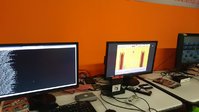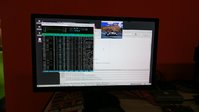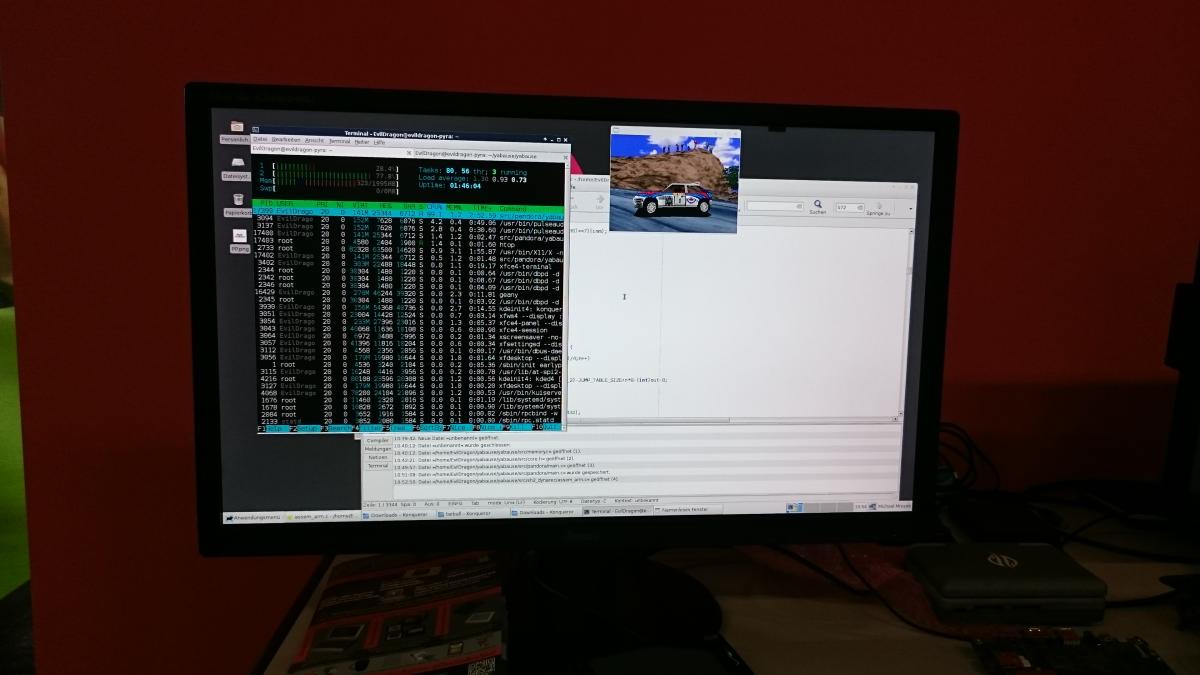Loots of Pictures, my poor lame internet..
Im happy to see your booth had lots of visitors and they even wants to play whit this weyrd old Games whitout Touchscreen or Achiefments but whit these preehistoric Controllers...
Wasnt this a bit dangourus for the Pyra Prototyphe which should be cost a bit of money??
And which games were used in the K101 Plus, and where they original Cardridge or SD Card??
Im happy to see your booth had lots of visitors and they even wants to play whit this weyrd old Games whitout Touchscreen or Achiefments but whit these preehistoric Controllers...
Wasnt this a bit dangourus for the Pyra Prototyphe which should be cost a bit of money??
And which games were used in the K101 Plus, and where they original Cardridge or SD Card??




























